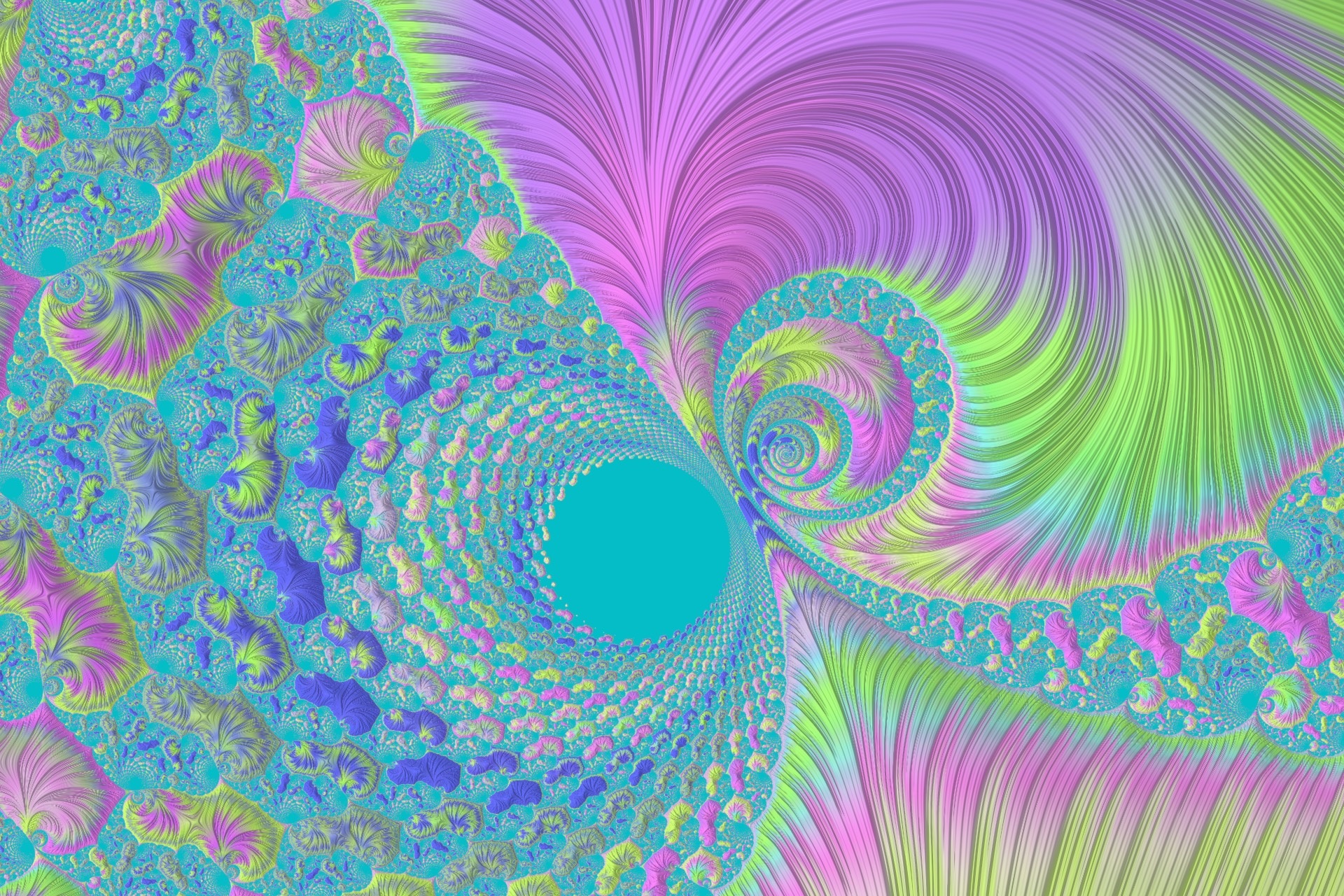
Oil Pastel
Oil pastel (also called wax oil crayon) is a painting and drawing medium with characteristics similar to pastels and wax crayons. They can be used directly in dry form; when done lightly. Oil pastels are considered a fast medium because they are easy to paint with and convenient to carry; for this reason they are often used for sketching, but can also be used for sustained works.
Because oil pastels never dry out completely, they need to be protected somehow, often by applying a special fixative to the painting or placing the painting in a sleeve and then inside a frame. The surface chosen for oil pastels can have a very dramatic effect on the final painting. Paper is a common surface but this medium can be used on other surfaces including wood, metal, hardboard, MDF, canvas and glass. Building up layers of color with the oil pastel, called layering, is a very common technique. Other techniques include under-painting and scraping down.
Soft Pastel
Soft Pastel is an art medium in the form of a stick, consisting of pure powdered pigment and a binder. They are available in varying degrees of hardness, the softer varieties being wrapped in paper. Pastels are available in several types: hard, soft, oil and pastel pencils, each with their own unique characteristics. All you really need to get started are some pastel sticks, a sheet of paper, and your fingers! No other medium allows you to apply rich color to the support as quickly as you can with pastels. Despite their simplicity, pastels are very versatile. This versatility means that you can use pastels for all kinds of subjects and genres.
Soft pastels are the traditional form of pastels and also the most used. They have a very high concentration of pigment that is held together by the least amount of gum binder as possible. As a result, they crumble very easily, but their colors are wonderfully intense. This fragile consistency and powdery texture makes them well suited to blending, layering on lots of color, and for painterly effects.
Oil Pastel Techniques we focus on
- Making Marks
- Sketching with Oil Pastels
- Blending
- Crumb Control
- Wet Effects
- Thinner Wash
- Tonal Layers
- Grass Texture
- Reflections and Shadows
- Add Details
- How to use Temperature Tricks
- Special Surfaces painting technique.
Dry Pastel Techniques we focus on
- How to use End of a Pastel
- How to use Edge of a Pastel
- Hatching and Cross-Hatching techniques
- Blending techniques
- Scumbling
- Feathering
- Dusting
